
|
|
|
|
|
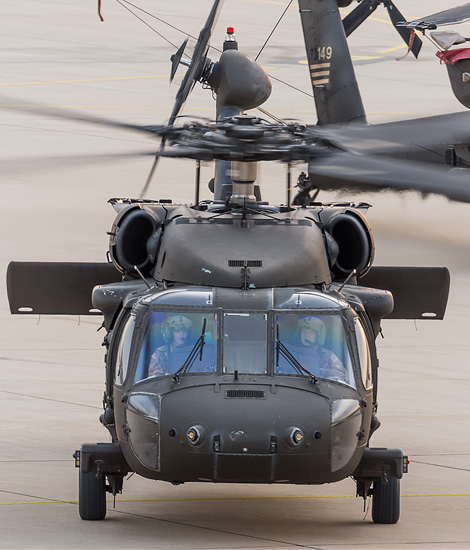
|
The Fighting Sixth Cavalry; Eindhoven, October 14, 2019
1st Combat Aviation Brigade, part 3; Text and Photograph's by Alex van Noye
The most special aviation unit which is part of the 1st Combat Aviation Brigade, 1st Infantry Division, is the unit of the American Cavalry. The 1CAB has one Cavalry squadron, namely the 1st Squadron, 6th Cavalry. This Cavalry unit is also referred to as the Fighting Sixth in the United States Army and has an extended history.
The 1st Squadron of the 6th Cavalry, is like the other units of the 1CAB, based on Marshall Army Air Field in Kansas. The Cavalry is an ancient part of the American army and dates back to the early years of the United States. At that time, the Cavalry were the units of the American army that moved with horses. The American 6th Cavalry was the only regular cavalry regiment that was established during the civil war. On May 4, 1861, General Order No.16 was published and the organization plan for the regiment was prescribed. This order provided for the new cavalry regiment to consist of three battalions, each battalion of two squadrons and each squadron of two companies. After having been a basic unit for years, this would change in the 1970s. On March 31, 1971, the regiment was based on Fort Meade, Maryland. The 1st Squadron would remain active for almost two years, when it received orders to send its equipment by rail to Fort Bliss. The squadron was inactivated on June 21, 1973. The next day the entire regiment was reorganized and redesigned as the 6th Cavalry as part of the Combat Arms Regimental System (CARS). On January 17, 1985, the 1st Squadron was reactivated as one of the groundbreaking AH-64A Apache units in the US Army. During the early 1980s, the squadron was stationed in Fort Rucker, Alabama. The unit was known as an Armor Attack Helicopter Squadron. The squadron served as a test unit during the development and validation of the AH-64A Apache until its deactivation on December 15, 1995 in Fort Hood, Texas.
On July 16, 1996, the 1st Squadron was reactivated at Camp Eagle in Korea, near Wonju. The squadron acted as an offensive unit for the Americans' combatant commander in Korea. The unit was an important deterrent against North Korea's aggression in the defense of the Republic of South Korea. The unit was first classified in Korea as part of the 6th Cavalry Brigade. The mission of the squadron to switch, on request, to war scenarios where it had to perform basic operations in the designated
|
|
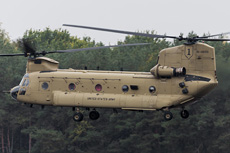
|
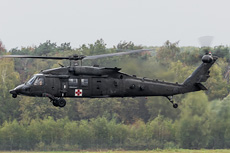
|
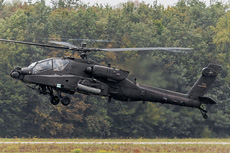
|
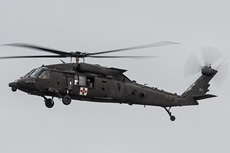
|
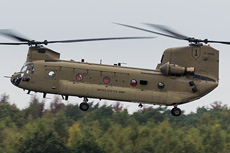
|
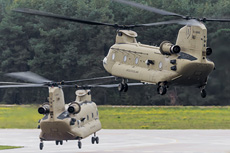
|
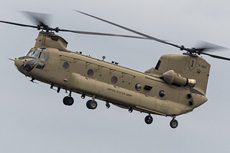
|
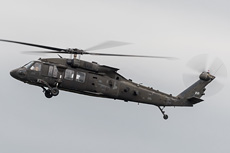
|
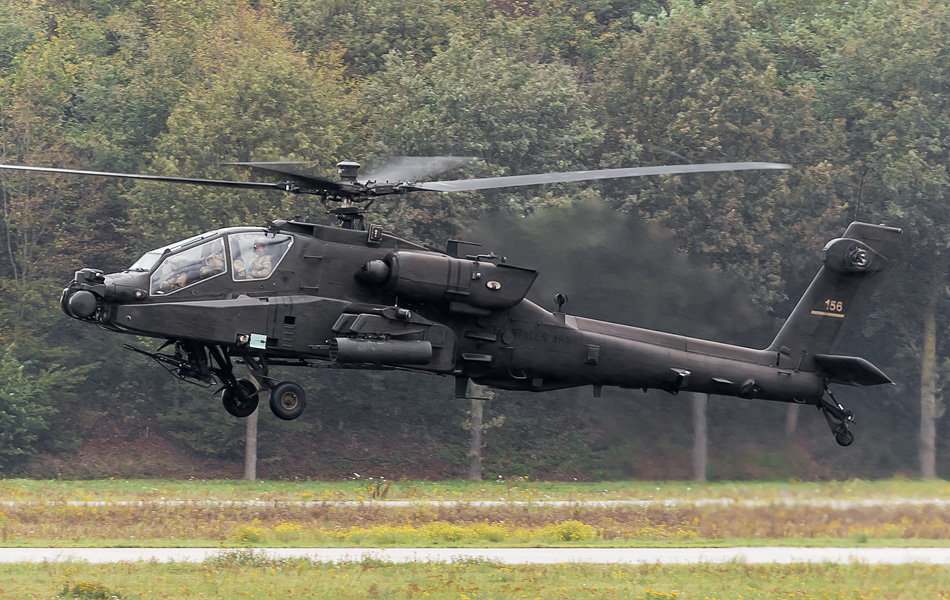
|
assembly areas. The squadron would carry out water attacks in a designated CSCA. By order it could also attack deep in enemy territory to destroy enemy forces during heavy strikes. In 2006, as part of the reorganization of the US forces in Korea and the transformation of the army into the new modular force structure, the 6th Cavalry Brigade was inactivated. The 1-6 CAV was also inactivated, but it was soon reactivated as part of the reclassified 4/3 ACR in Fort Carson, Colorado. The unit here became part of the Mechanized Combat Aviation Brigade, 1st Infantry Division. In March 2007, the 1-6 CAV carried out night reconnaissance missions to identify transnational threats to assist in banning drug trafficking and smuggling foreigners along the Mexican border. During Operation Night Owl during the execution of the border surveillance operation, the unit also provided military training for their deployment in Iraq.
In October 2007, the 1-6 CAV was deployed in Iraq to support Operation Iraqi Freedom. After this deployment along with the sister squad 6-6 CAV in Iraq, the squadron was transferred to Fort Carson and then immediately transferred to Fort Riley, Kansas in 2008. From here, the 1-6 CAV would join the remainder of the 1st Combat Aviation. Brigade. Early in the spring of 2015, the 1-6 CAV was deployed at the National Training Center (NTC) as an aviation team in preparation for deployment in Iraq. In the months following this rotation, the squadron quickly changed its duties to focus on the transition from a Cavalry Squadron to the new set-up as Heavy Armed Reconnaissance Squadron (H-ARS). This change was part of the Aviation Restructure Initiative (ARI) that had to prepare the Cavalry branch of the US Army for the future. In the following year, the 1-6 CAV returned the OH-58D Kiowa Warrior helicopters and its associated equipment. On June 8, 2015, the squadron took the OH-58D Kiowa Warrior out of service during a final ceremonial final flight in combination with the celebration of the 1st Infantry Division during the victory week. Many milestones were met with many challenges for the 1-6 CAV during this transition, including an NTC Rotation in March 2015, training flights to Davis Monthan Air Force Base in Arizona and Redstone Arsenal, Alabama in July 2015. The first 24 AH-64D helicopters were received from the National Guard of the army in October 2015. The squadron received its first RQ-7BV2 training for field work and the new equipment in January 2016.
At the end of the transition, the 1-6 CAV evolved from six Troops equipped with the OH-58D to six AH-64D Troops and three RQ-7BV2 Shadow Troops. With this new capability, every Troop Manned UnManned Teaming (MUM-T) could perform missions as an independent element with two AH-64D Troops and a Shadow Troop with the drones. In September 2016, the 1-6 CAV was deployed in the field during the Saber Focus exercise in preparation for deployment in Korea in 2017. The AH-64D Apache Longbow helicopters have been exchanged for the more modern AH-64E Apache Guardian helicopters since 2018. The unit nowadays consists of three troops that all fly the AH-64E Apache Guardian. These troops, are; Attack Reconnaissance Troop Alpha (A/1-6th CAV (AR)) “Avenger”, Attack Reconnaissance Troop Bravo (B/1-6th CAV (AR)) “Bandits” and Attack Reconnaissance Troop Charlie (C/1-6th CAV (AR)) "Crusaders". The drones of this unit have meanwhile been assigned to the regular units of the 1CAB of which the 1-6 CAV forms part. The combat helicopters of the Troops Alpha, Bravo and Charlie are easy to recognize. The helicopters have stripes on the tail that indicate to which troop the helicopters belong. Helicopters with one stripe belong to Troop Alpha, helicopters with two stripes belong to Troop Bravo and finally the helicopters with three stripes belong to troop Charlie. In February 2018, the Fighting Sixth squadron would participate in Operation Atlantic Resolve in Europe. The units arrived in the port of Zeebrugge and would remain in Europe until October.
|

|
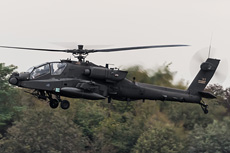
|

|
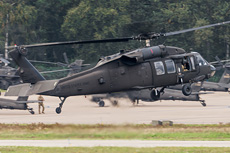
|
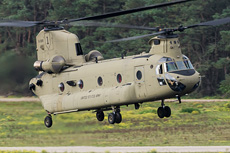
|
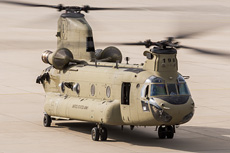
|
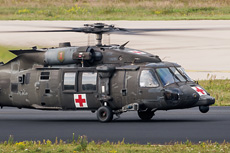
|
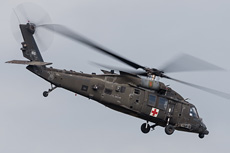
|
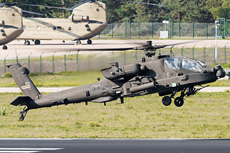
|
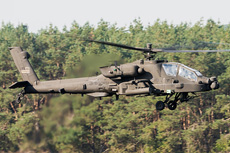
|
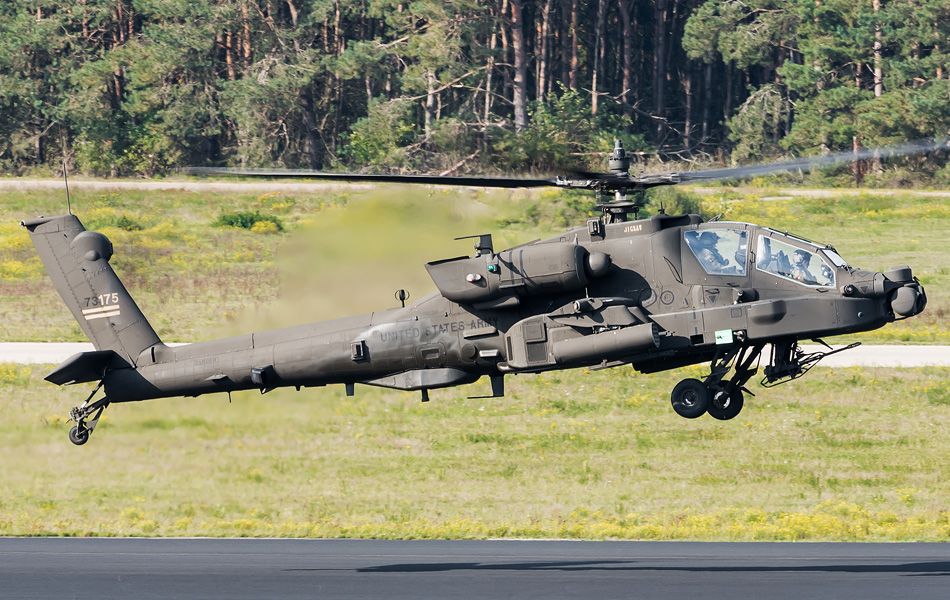
|
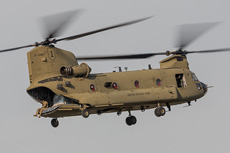
|
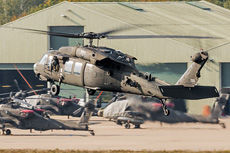
|
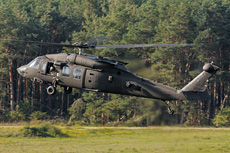
|
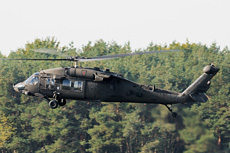
|
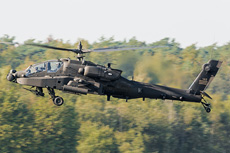
|
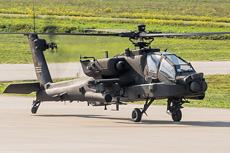
|
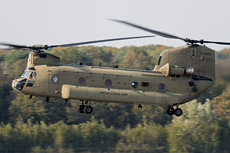
|
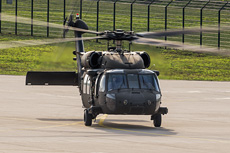
|
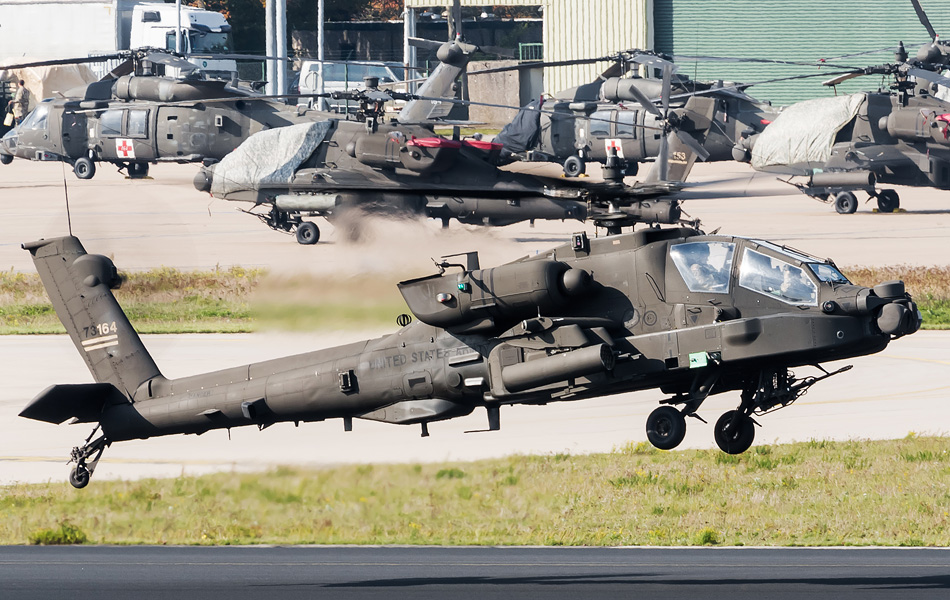
|
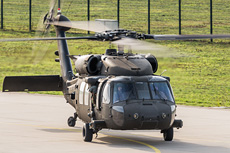
|
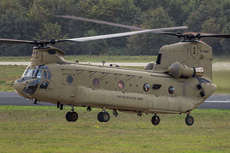
|
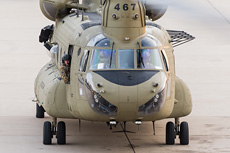
|
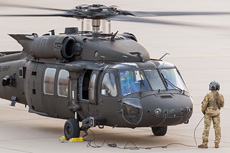
|
|
|

|







